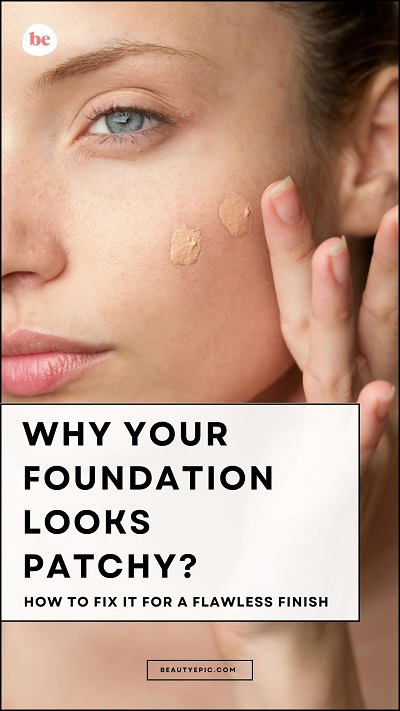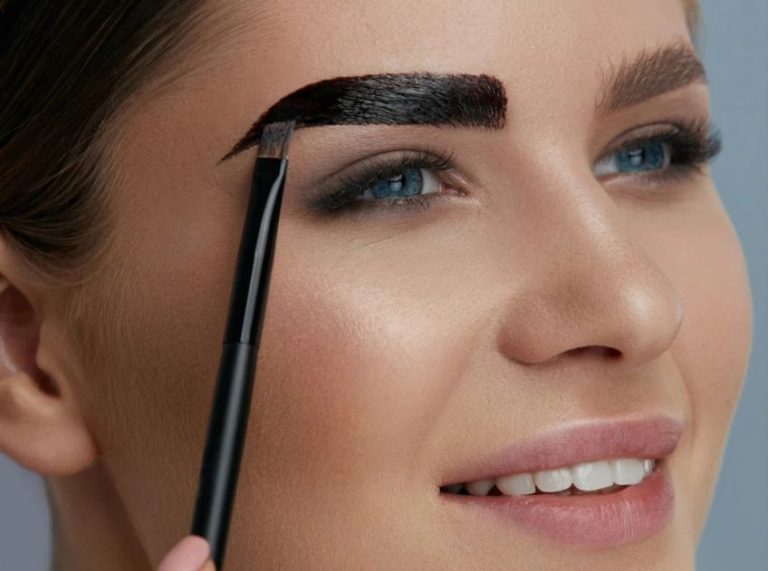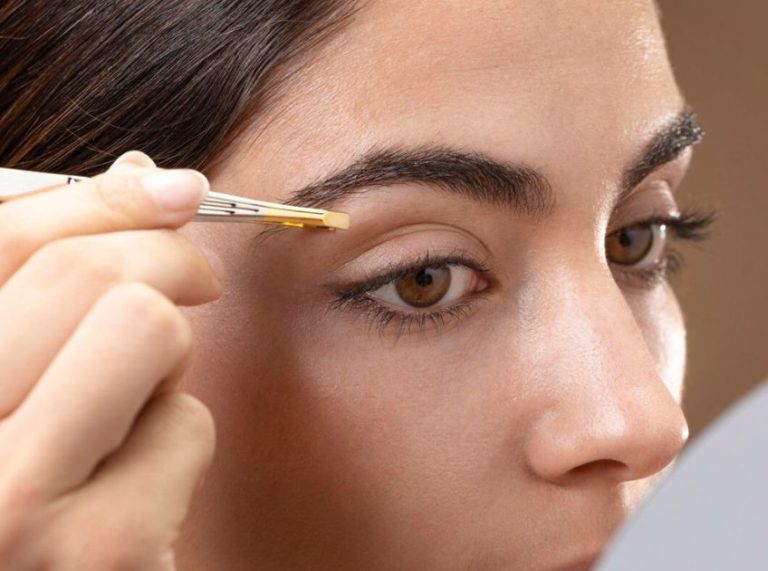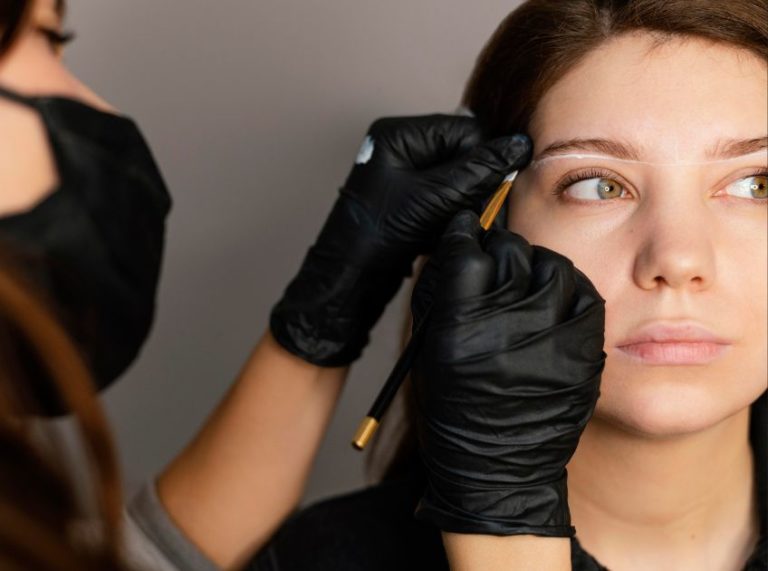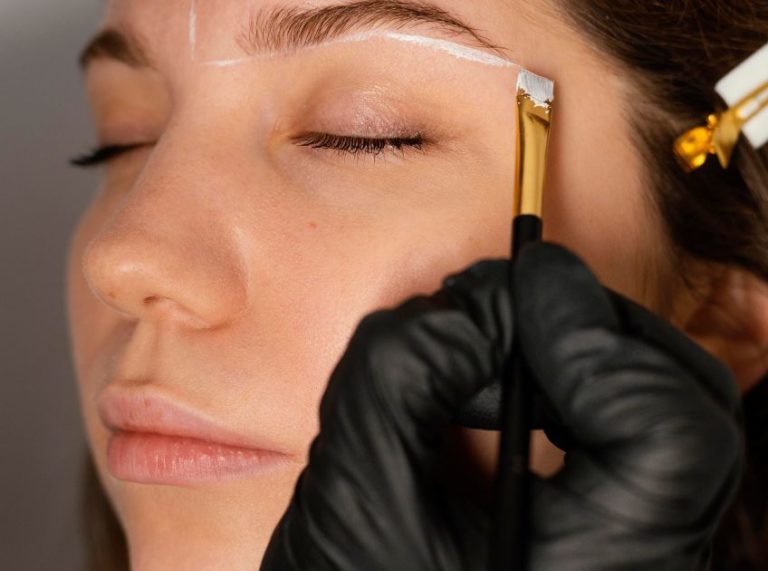
Important: This article is for informational purposes only. Please read our full disclaimer for more details.
Getting your foundation to look smooth and even shouldn’t feel like a struggle, but patchy makeup can ruin an otherwise polished look. Whether it’s clinging to dry spots, separating on oily areas, or just refusing to blend right, patchiness is a common issue—and yes, it has a fix. In this expert-backed guide, we’ll explore exactly why your foundation looks patchy and the step-by-step solutions to fix it for good.
The Patchy Foundation Struggle: What’s Going On?
Foundation is supposed to unify your complexion, but when it turns patchy, it does the exact opposite. Uneven texture, blotchy areas, and inconsistent coverage can stem from how you prep your skin, apply products, or even the formula you’re using. The good news? Once you identify the cause, achieving a flawless base becomes a lot easier.
Top Reasons Your Foundation Looks Patchy
1. You’re Skipping Proper Skin Prep
Applying foundation on dry, flaky, or oily skin is a recipe for patchiness. Foundation clings to texture and won’t blend evenly if your base isn’t smooth.
Fix it: Cleanse, exfoliate 2–3 times a week, and always moisturize before makeup. Hydrated skin gives you that seamless finish.
2. Using the Wrong Moisturizer or Primer
Heavy creams or incompatible primers can cause foundation to sit unevenly or ball up. And sometimes, too many layers of skincare prevent foundation from settling naturally.
Pro tip: Stick to lightweight, fast-absorbing products. Let them absorb fully before applying foundation.
3. Foundation Formula Doesn’t Suit Your Skin Type
A matte formula on dry skin or a dewy formula on oily skin can make patchiness worse. The wrong foundation emphasizes your skin’s imbalances.
Match it: Use hydrating or luminous foundations for dry skin, and oil-free or matte formulas for oily skin.
4. You’re Applying Too Much or Too Little
Overloading your brush or sponge with product can lead to uneven application, while too little coverage might not blend across textured areas.
Solution: Start with a thin layer and build up coverage only where necessary.
5. You’re Rushing the Application
Foundation needs time to blend. Quick swipes and uneven buffing can leave streaks and blotches.
Slow down: Use a damp beauty sponge or foundation brush and press the product into the skin for even coverage.
How to Fix a Patchy Foundation: Step-by-Step Solutions
1. Master the Art of Skin Prep
Before applying foundation, focus on skincare. Use a gentle exfoliant to remove dry patches and apply a moisturizer that suits your skin type.
Expert tip: Wait 5 minutes after moisturizing to allow it to fully sink in—this gives foundation a smooth, even surface to adhere to.
2. Choose the Right Primer (Or Skip It)
Primer helps blur pores and control oil, but only if it works with your skin and foundation. Water-based primers work best with water-based foundations; silicone-based primers with silicone.
Not sure what to use? If your skin is smooth and well-hydrated, you might not even need primer—just a lightweight moisturizer may do the trick.
3. Apply in Thin, Even Layers
Less is more. Use a brush or sponge to apply foundation in thin layers, blending one area at a time. Press, don’t swipe—especially over dry patches.
Pro move: Warm foundation slightly between your fingers for smoother application.
4. Blend, Blend, Blend
Harsh lines and uneven texture are signs of poor blending. Spend a little extra time pressing the product into the skin, especially around the nose, cheeks, and hairline.
Try this: Use a damp sponge to gently press over your foundation after applying—it helps even things out and absorbs any excess.
5. Set Wisely with Powder
Too much powder can make foundation cakey and worsen patchiness, especially on dry areas. Lightly dust setting powder only where needed—usually the T-zone.
Bonus tip: For dry skin, use a hydrating setting spray instead of powder to lock in moisture and prevent cracking.
Frequently Asked Questions (FAQ’S)
1. Why does my foundation look patchy around my nose and mouth?
A. These areas produce more oil and have more movement, which can cause the foundation to separate. Use a mattifying primer and set lightly with powder for better longevity.
2. Can I fix a patchy foundation without removing my makeup?
A. Yes! Use a damp sponge to gently press and smooth the foundation, or apply a bit of setting spray to blend patchy spots. Then set with a light dusting of powder.
3. What kind of brush or sponge should I use to avoid patchiness?
A. Use a dense foundation brush for full coverage or a damp beauty sponge for a natural, even finish. Avoid streaky flat brushes unless you’re skilled at blending.
Final Thoughts: Say Goodbye to Patchy Foundation Days
Patchy foundation doesn’t mean you’re doing everything wrong—it usually comes down to one or two simple tweaks in your routine. With proper skin prep, compatible products, and the right application techniques, you can turn your makeup routine into a seamless success.
Remember: a great foundation starts with great skin. Treat your skin well, learn to layer smartly, and your makeup will finally look as flawless as you want it to be—all day long.
